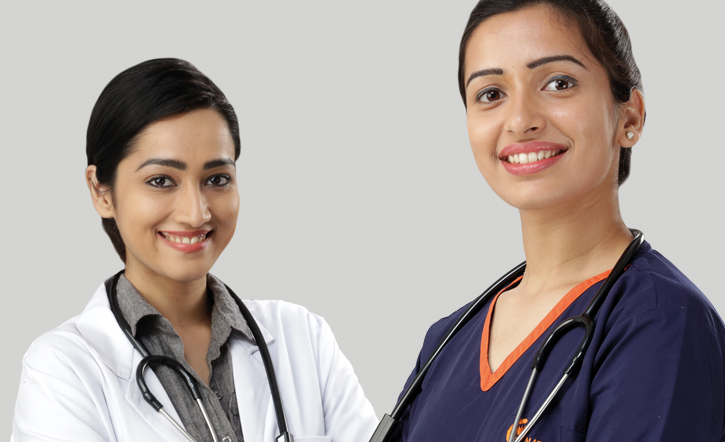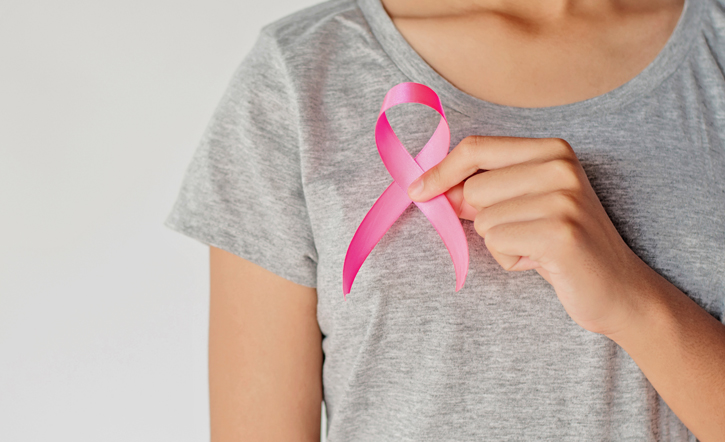Call Now
0712 2800 400

It can be done at the comfort of your own home.

The Pap smear is a simple test that is done to collect a few cells from the cervix and help to diagnose precancerous and cancerous conditions of the cervix. It also aids in diagnosing infections of the lower reproductive tract.
(lower part of womb)
Naked-eye visual inspection of the uterine cervix, after application of 5% acetic acid (VIA) provides simple test for the early detection of cervical precancerous lesions and early invasive cancer. The results of VIA are immediately available
Many cancers of the oral cavity have a long early pre-cancer period which provide during which they may have same symptoms. Early detection of these lesions is possible during routine general health check-ups/screening by doctors/dentists/health workers (oral visual examination) or by oral self-examination.
You can examine your mouth yourself by looking at your mouth with the help of mirror in bright light, for early detection of oral cancers.
A thorough history is taken before the examination regarding duration and frequency of tobacco use in any form like cigarette, beedi, chewing pan, gutka, khaini etc and of alcohol consumption
0712 2800 400
7499 162 669
1800-233-0033
ayushmati@ncinagpur.in